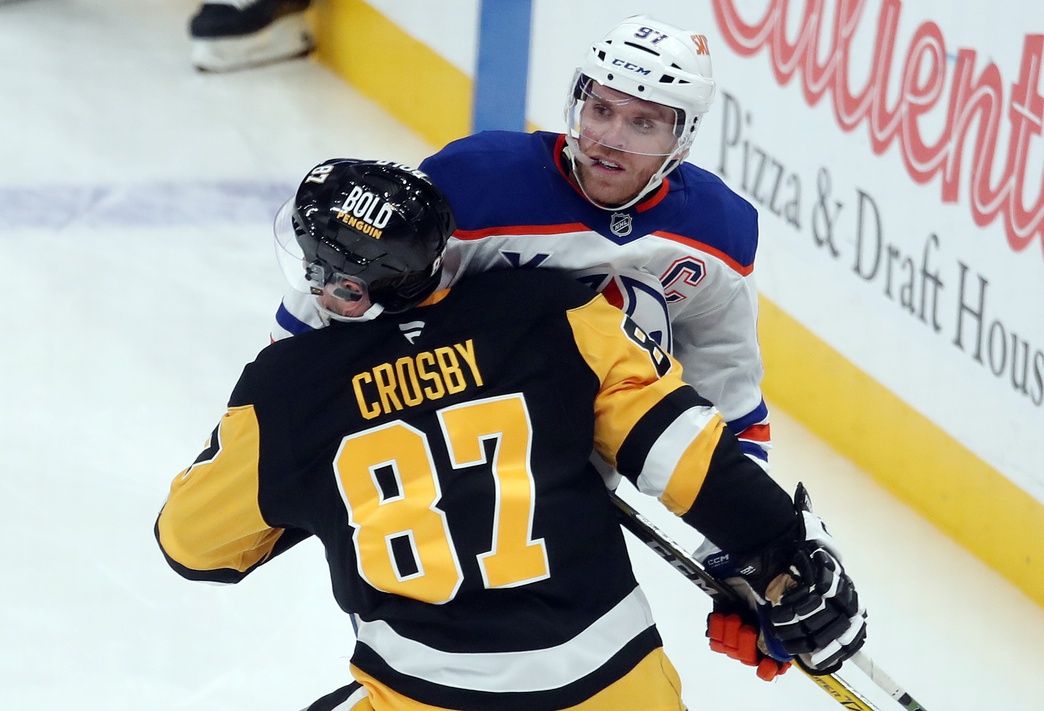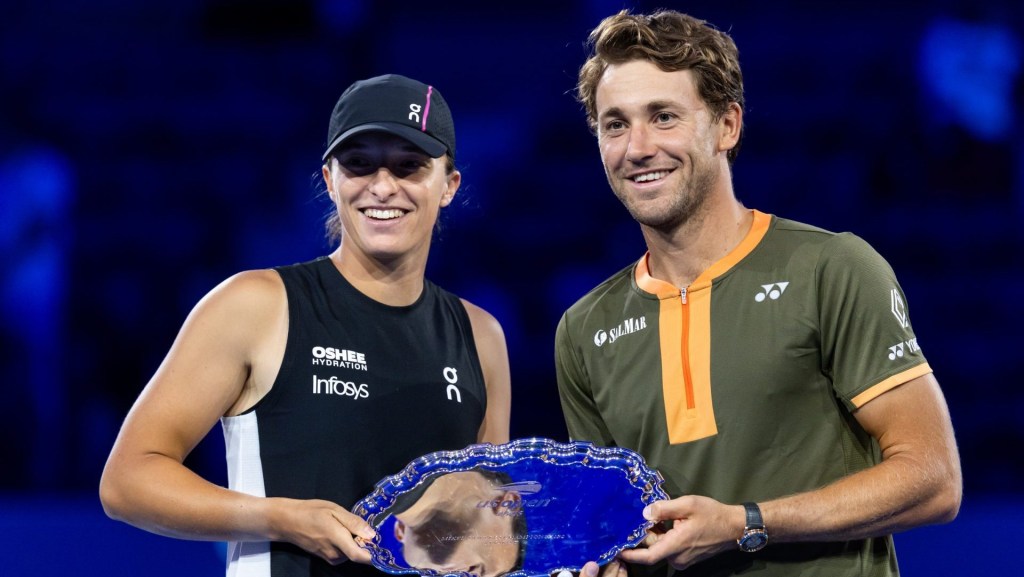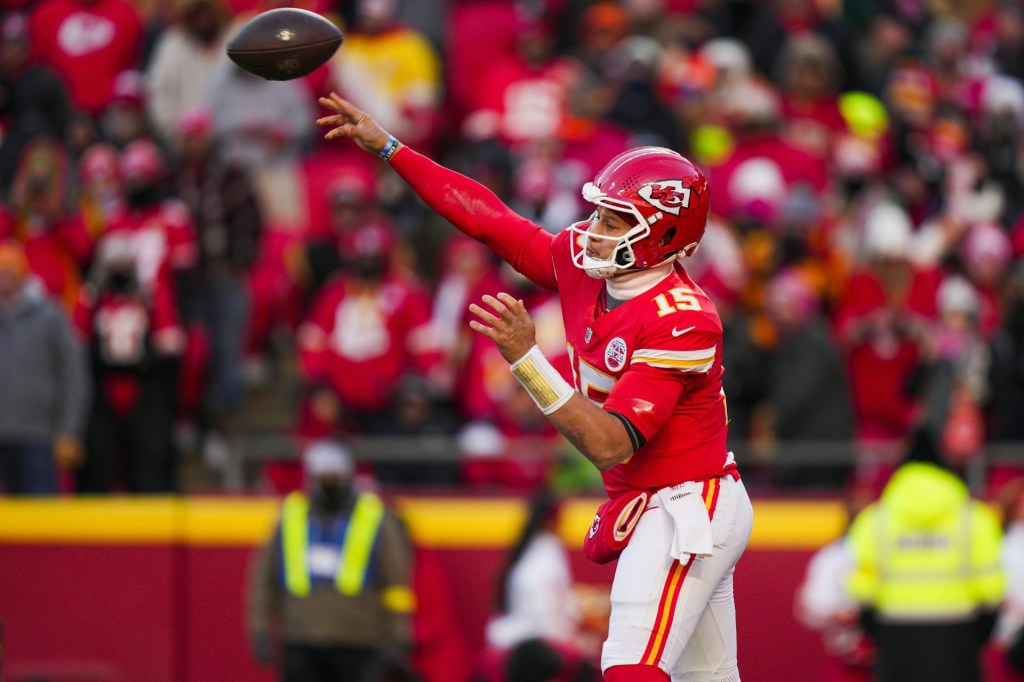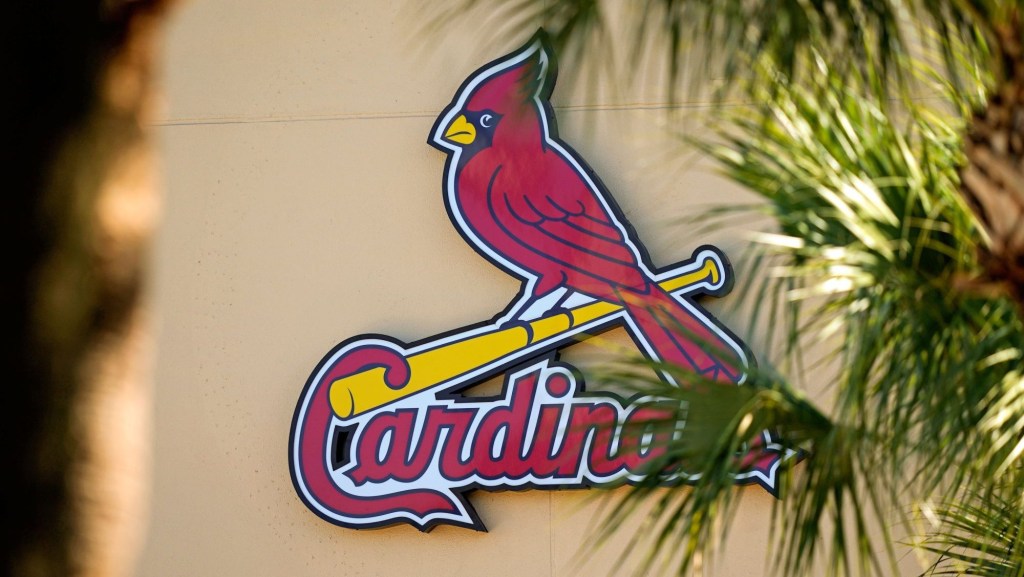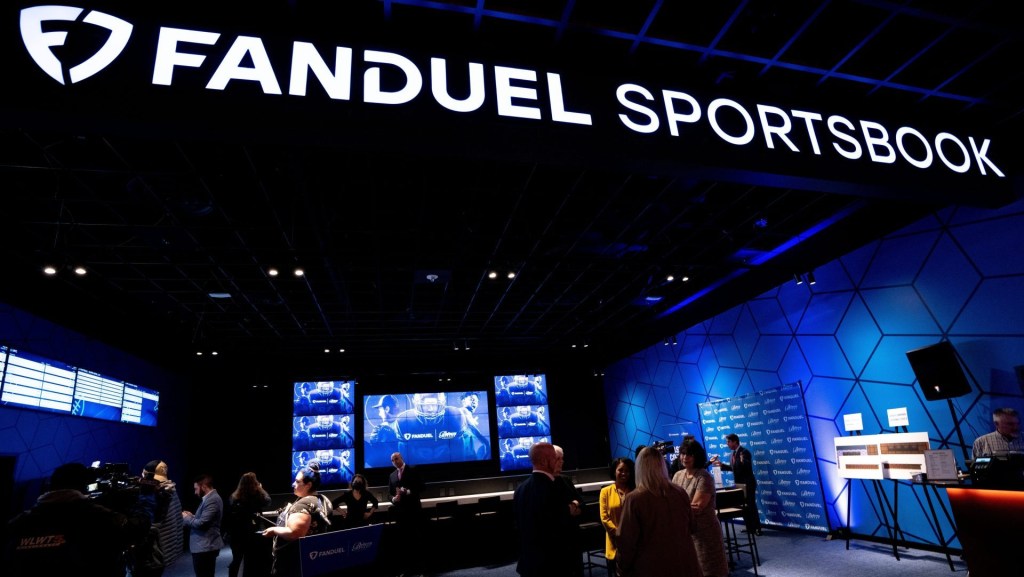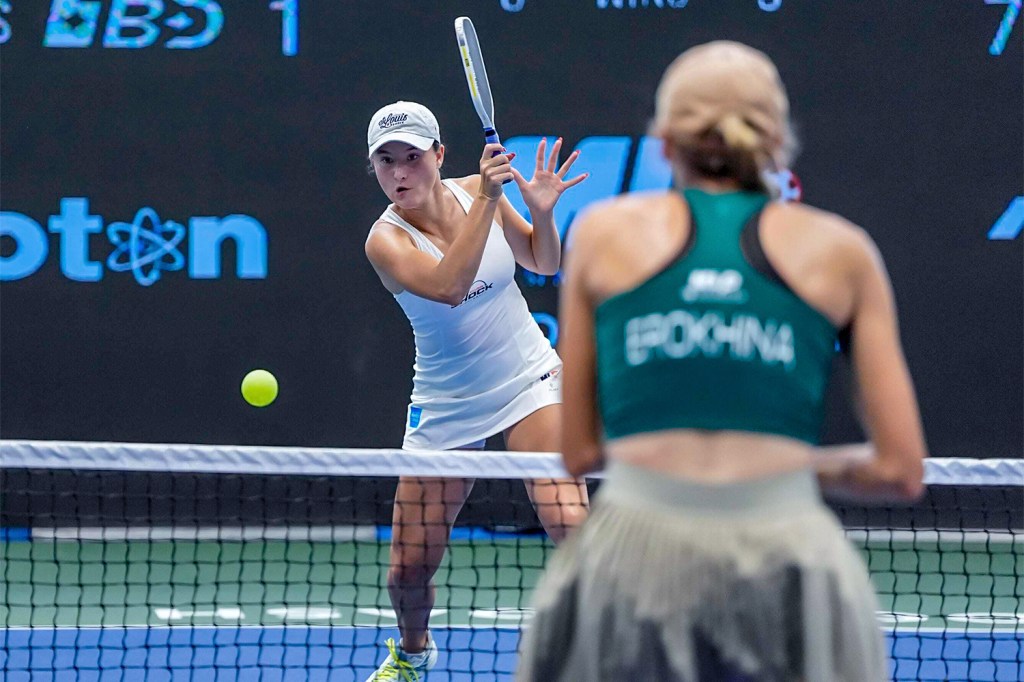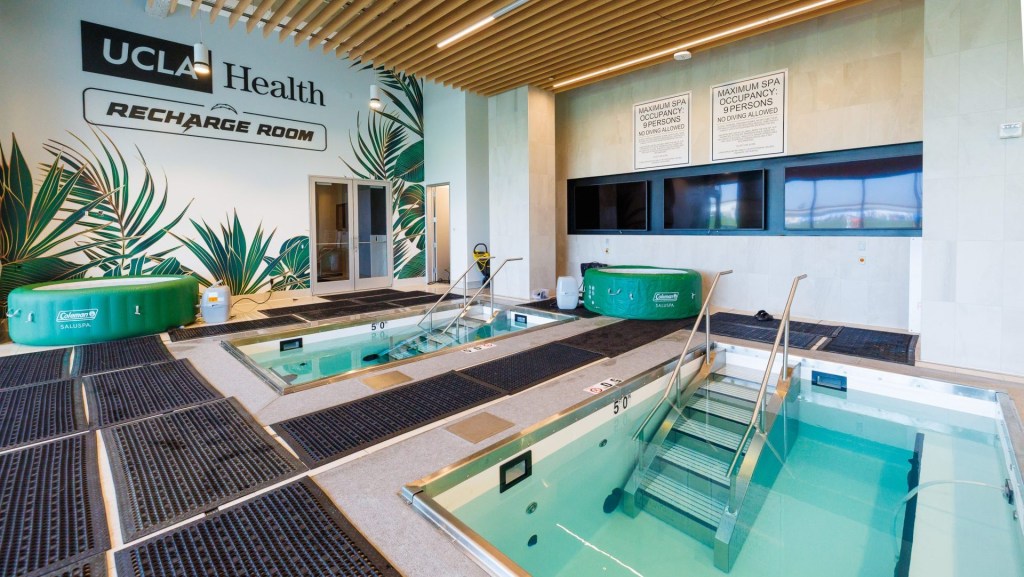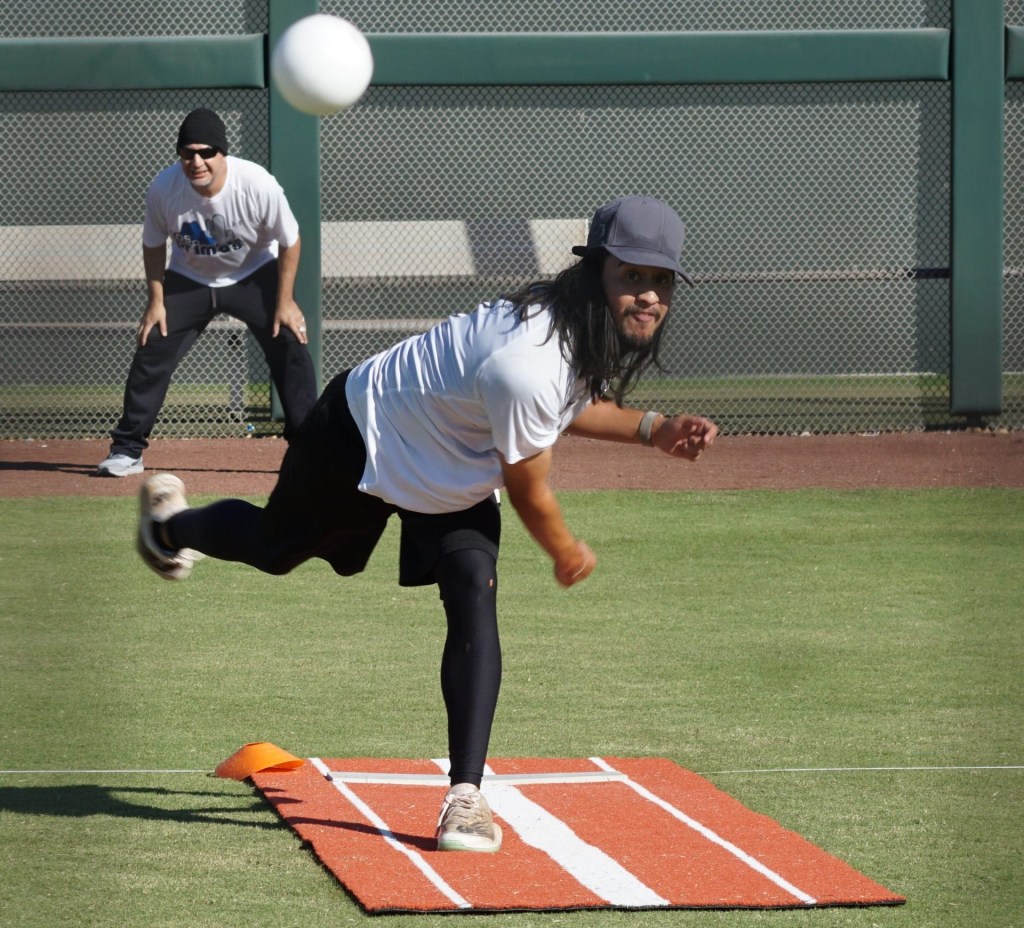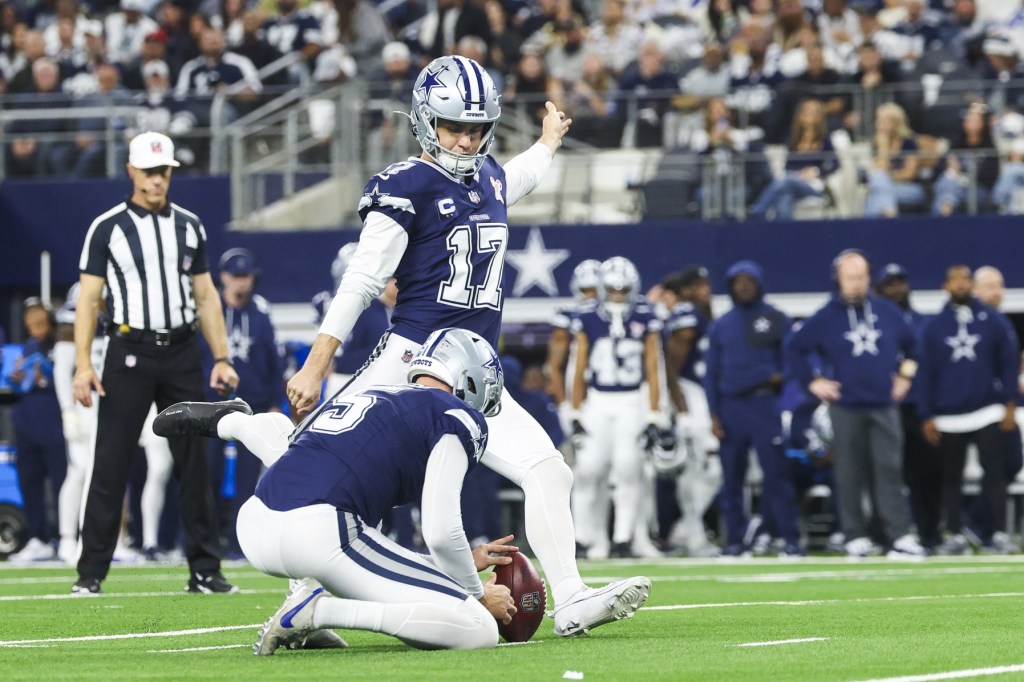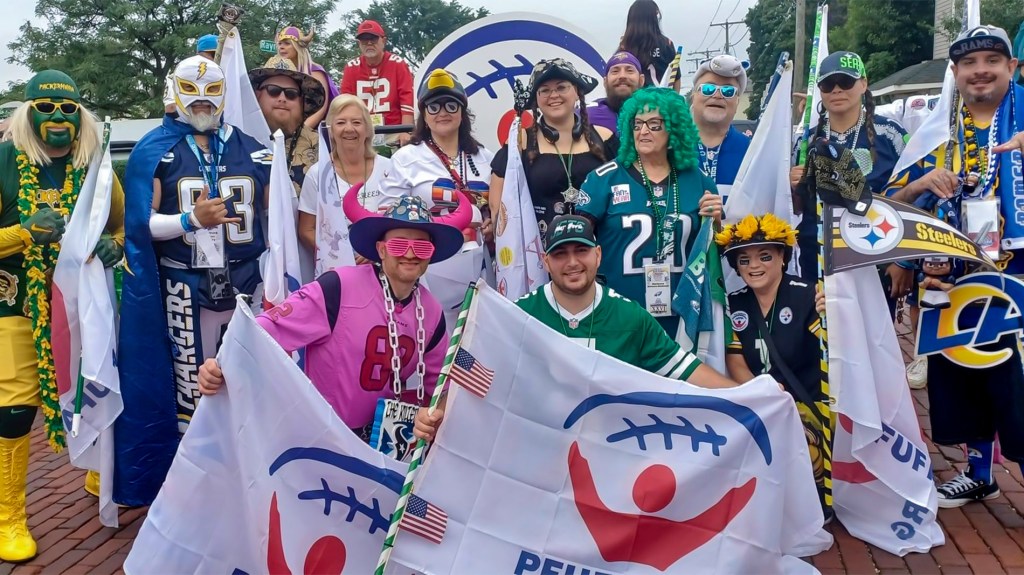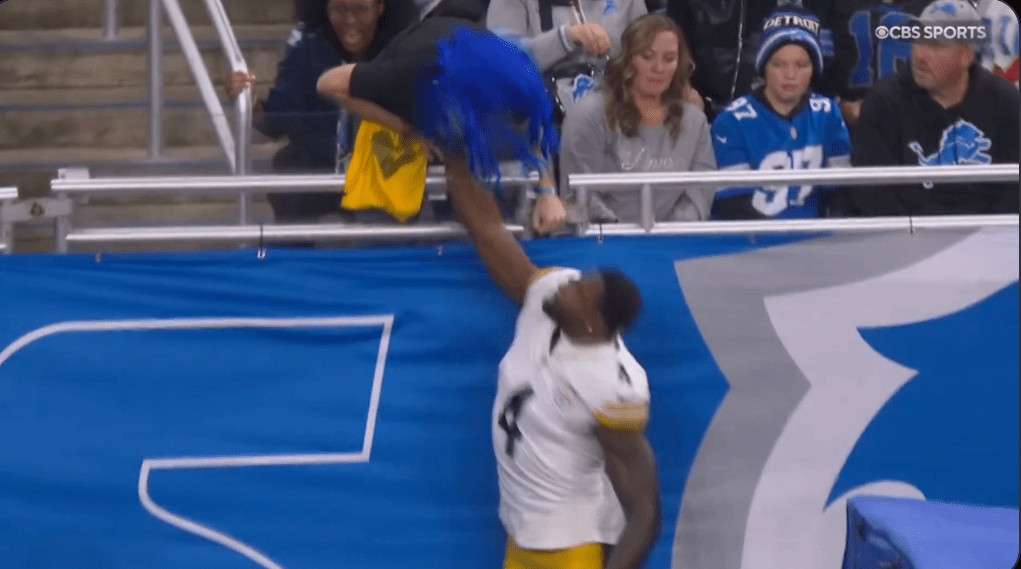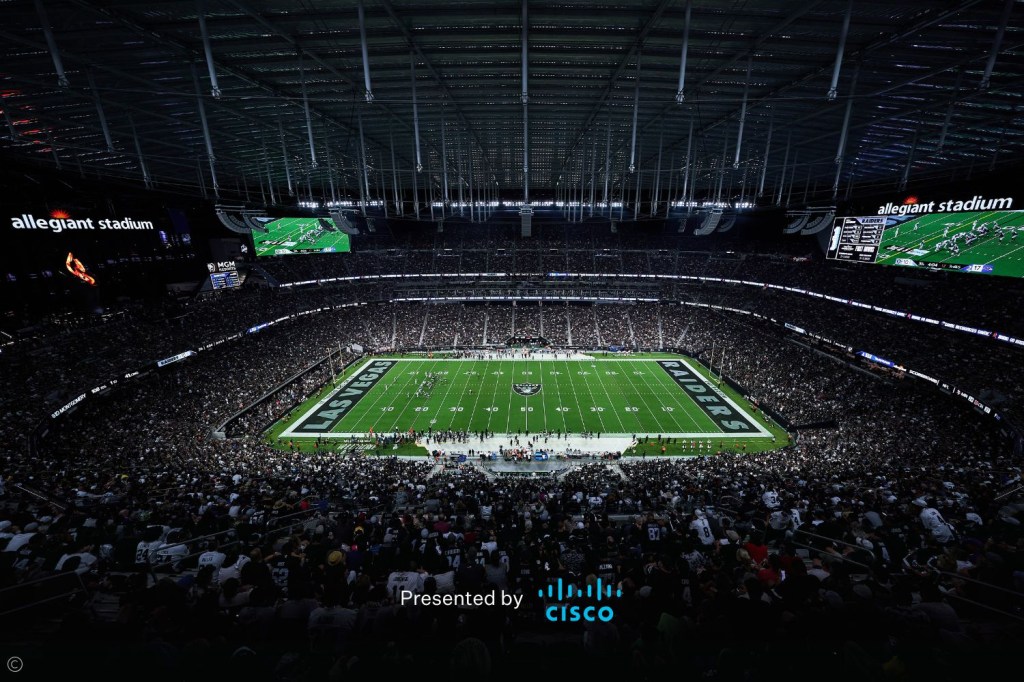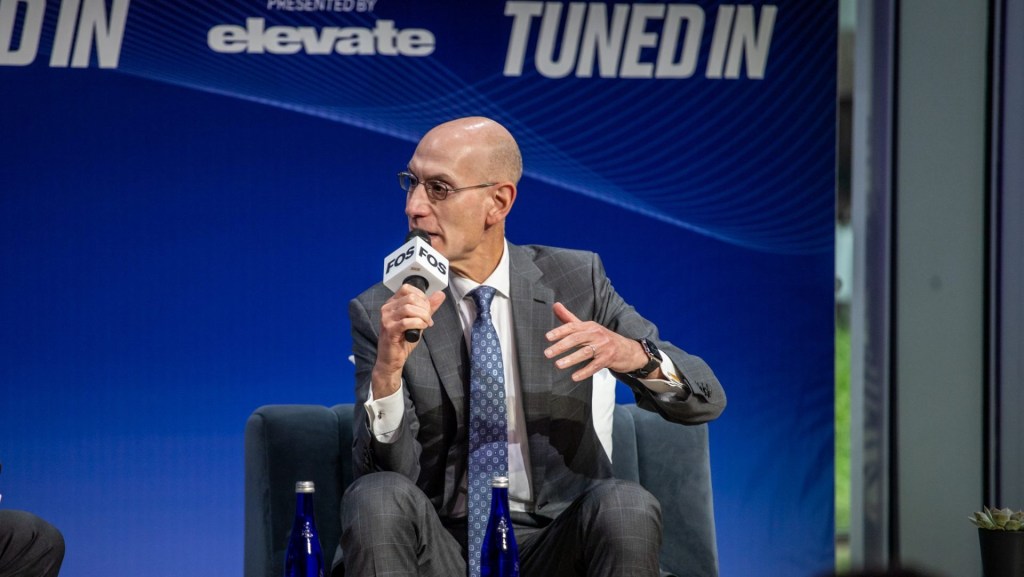The world’s best hockey players have been clamoring for a new international best-on-best tournament for a long time. They’ve gotten their wish.
Instead of 2025’s NHL All-Star Game, the league has introduced 4 Nations Face-Off. Beginning Feb. 12 in Montréal, the NHL’s top players from the U.S., Canada, Sweden, and Finland will play a seven-game, round-robin tournament during the league’s regular midseason break. The NHL hasn’t held or been part of an international best-on-best since the 2016 World Cup of Hockey.
The one-time-only competition will replace just this year’s All-Star Game, which will return in 2026 at UBS Arena on Long Island, N.Y. But for now, the competitive rosters are set as of Monday evening. TNT will carry three games, and ABC/ESPN will broadcast four, including Feb. 15’s marquee matchup against Teams USA and Canada as well as the tournament’s championship game in Boston on Feb. 20.
Players are thrilled, but the flip to 4 Nations Face-Off could be just right for the networks, too—particularly ESPN, which has seen middling returns from the All-Star Game for the past several seasons, even as the NHL has tried to shake up its format. In the past three years, All-Star Game viewership has been relatively flat; 2023 saw a jump to 1.5 million from 2023’s 1.1 million, but the number fell again in 2024 below 1.4 million. The 2024 skills competition also declined from the previous year, drawing only 800,000 viewers in 2024.
The NHL is caught in the same limbo of tepid fan interest around these events that most other leagues are also facing. It’s time for something different, and something the players asked for themselves.
“I give the NHL a ton of credit, because they’ve been willing to evolve [the All-Star Game] and try new things. But the fact is, the players aren’t as invested in that as they are in something like the Stanley Cup playoffs or the push to the playoffs,” Emily Kaplan, national hockey reporter and NHL reporter, tells Front Office Sports. “Behind the scenes, the biggest stars like Connor McDavid and Auston Matthews have been lobbying the league for an event like this because it’s so important for them to represent their countries.”
In contrast to the often lukewarm effort of NHL All-Star Games, Kaplan says players actually want to play, and play hard—not at 50% speed in a sport that’s distinguished by athletes giving 110%. “The players that I’ve talked to, anecdotally, are going to go all out. This isn’t, ‘We’re going to the All-Star Game, and we’re here just so we don’t get fined and get a suspension a game before or game after. This is, ‘I care so deeply about representing my country, wearing this uniform, and playing with these guys that I grew up with and always dreamed about playing with on this type of stage.’”
After carrying 10 All-Star Games, ESPN has learned a lot about promoting and broadcasting star-driven events. On the surface, it has a jumping-off point for 4 Nations Face-Off coverage—especially because the event still features hockey’s best talent. But despite the shared DNA between the events, Linda Schulz tells FOS the network has thrown out the rule book.
“In its purest distillation, you’re still working with the same players. You’re still working with the all stars,” says Schulz, ESPN’s VP of production, who oversees the coverage of NHL and college hockey. “At the same time, you’re almost starting from scratch because you have to relearn how to communicate that it’s still featuring these people, but with different terminology. … I’ve looked at 4 Nations so separately.”
Schulz is well aware there’s a learning curve for fans—one she says isn’t dissimilar to the introduction of the NBA in-season tournament. (In an early February thread on the r/nhl subreddit, one poster confused the 4 Nations Face-Off with NCAA hockey’s Frozen Four.) Since ESPN “turned the corner on football” with the season wrapped, she tells FOS, the network has gone hard on in-game and studio-show explainers during regular-season action leading up to the tournament, diving into the format, potential lines, roster breakdowns, and more.
The biggest players, too, have an outsized role in whether the tournament can ultimately succeed on air and on the ice, she adds: “We’re asking the players every opportunity we get in our games to tell us what they are most excited about so that they can help get the messaging out there.”
Russia’s exclusion due to the ongoing conflict with Ukraine—the International Ice Hockey Federation has also just extended its ban on the country in international competition in 2025–2026—means stars including Alex Ovechkin, who’s currently within spitting distance of Wayne Gretzky’s 1994 record for all-time goals, will be conspicuously absent. But 4 Nations Face-Off is still stacked with storylines, especially for North American audiences.
Leading the narrative is the pairing of hockey’s arguably two biggest stars: McDavid and Sidney Crosby, who will both play for Canada. (Connor Bedard, the NHL’s other primary household name, didn’t make the roster.) Crosby—whose 4 Nations Face-Off status is currently tenuous as he deals with an injury—is also part of the “Nova Scotia Mafia,” which includes Nathan MacKinnon and Brad Marchand, who’ll play together for the first time. And there’s the brothers story: Matthew and Brady Tkachuk will be playing together on Team USA; Quinn and Jack Hughes, two of the league’s other sibling stars, were also set to play for the U.S. until the Canucks announced Sunday evening Quinn will sit out to due to injury.
“We’re in this golden age of American hockey, and the fact that Auston Matthews, the Tkachuk brothers, the Hughes brothers have never been able to show up at an event like this is absurd,” says Kaplan, who spoke to FOS before Quinn Hughes’ withdrawal.
More than anything, though, both she and Schulz believe the major currency of 4 Nations Face-Off lies in being a tournament that leans on national allegiance the way the World Cup and Olympics do. International bragging rights matter to fans—especially in the U.S., where American hockey players are starting to rival Canada’s traditional talent dominance.
But the players, too, want the win. “Everyone has team pride, but this is a different level,” says Schulz. “And watching that and seeing that emotional transformation is pretty cool and unexpected.”
“These are stars that are in the prime of their career—generational stars who have never gotten the opportunity to represent their country at this highest stage,” says Kaplan. “And the fact that they’re so invested, what I’m expecting from the tournament is intensity. That Stanley Cup playoff–level game.”
As 4 Nations Face-Off kicks off, the looming question will be whether play reaches that expected fever pitch—it is a contact sport after all, and each team’s owner is potentially on the hook for millions, or hundreds of millions, of dollars with guaranteed contracts in the event of an injury. The risk is especially high when their best players are on the ice. But if the product most people predict shows up for the next week and a half, there’s a lot of upside to be had.
